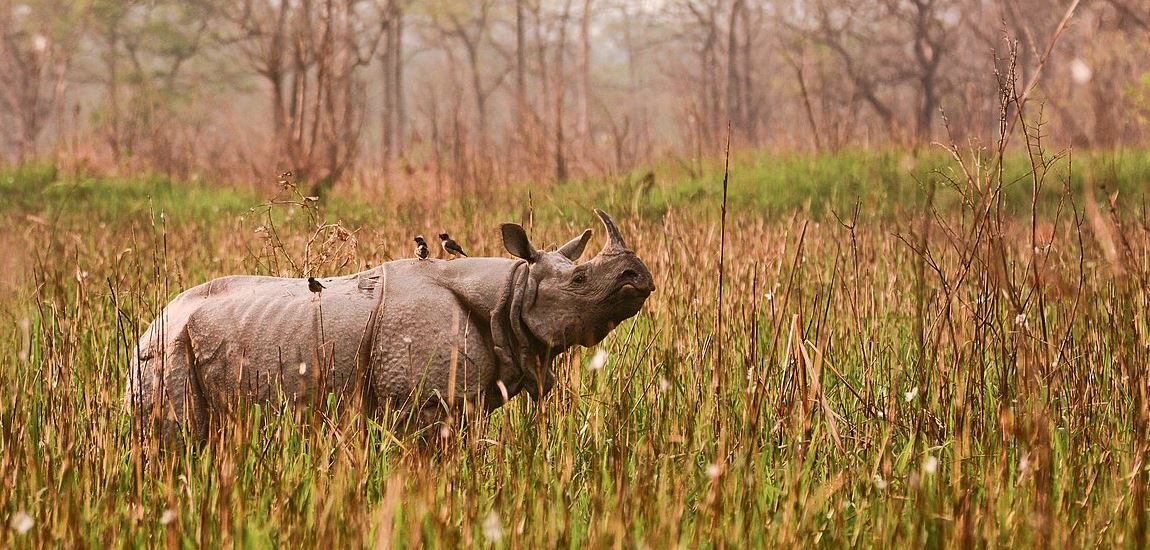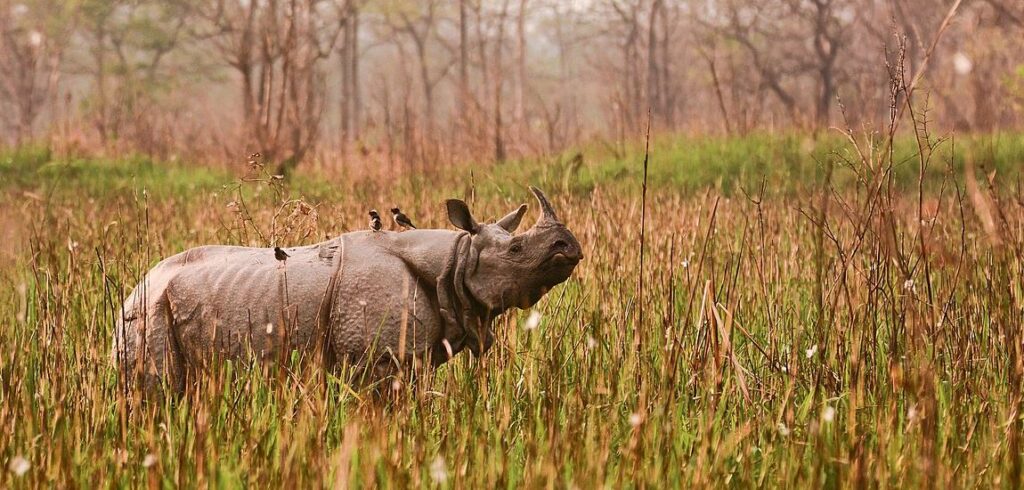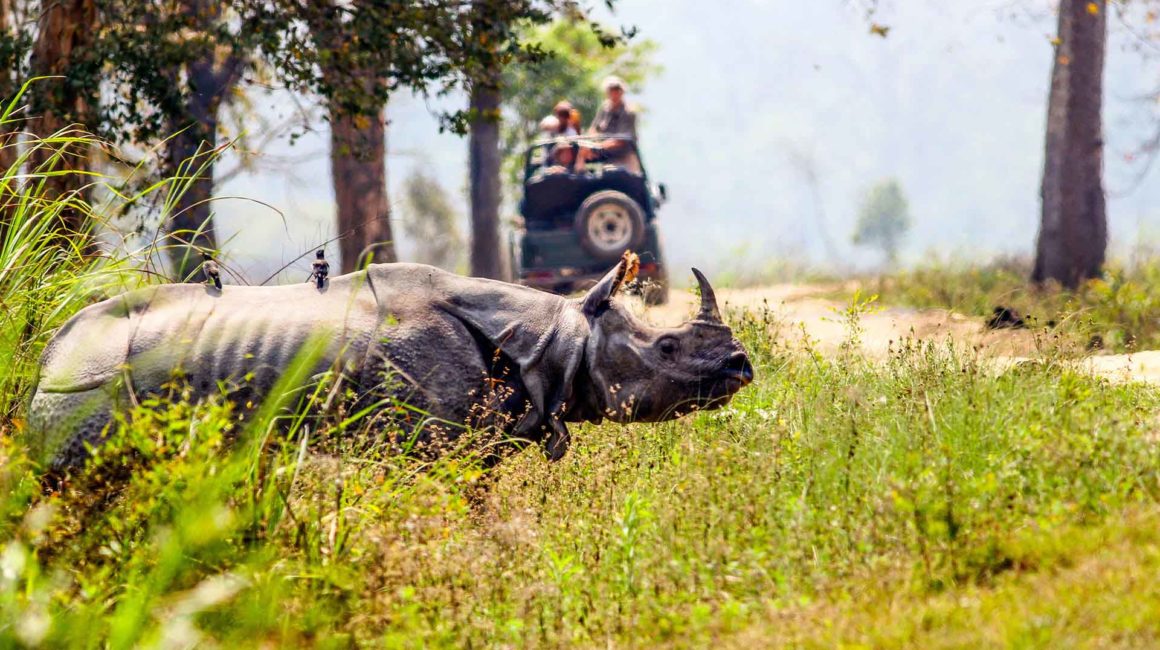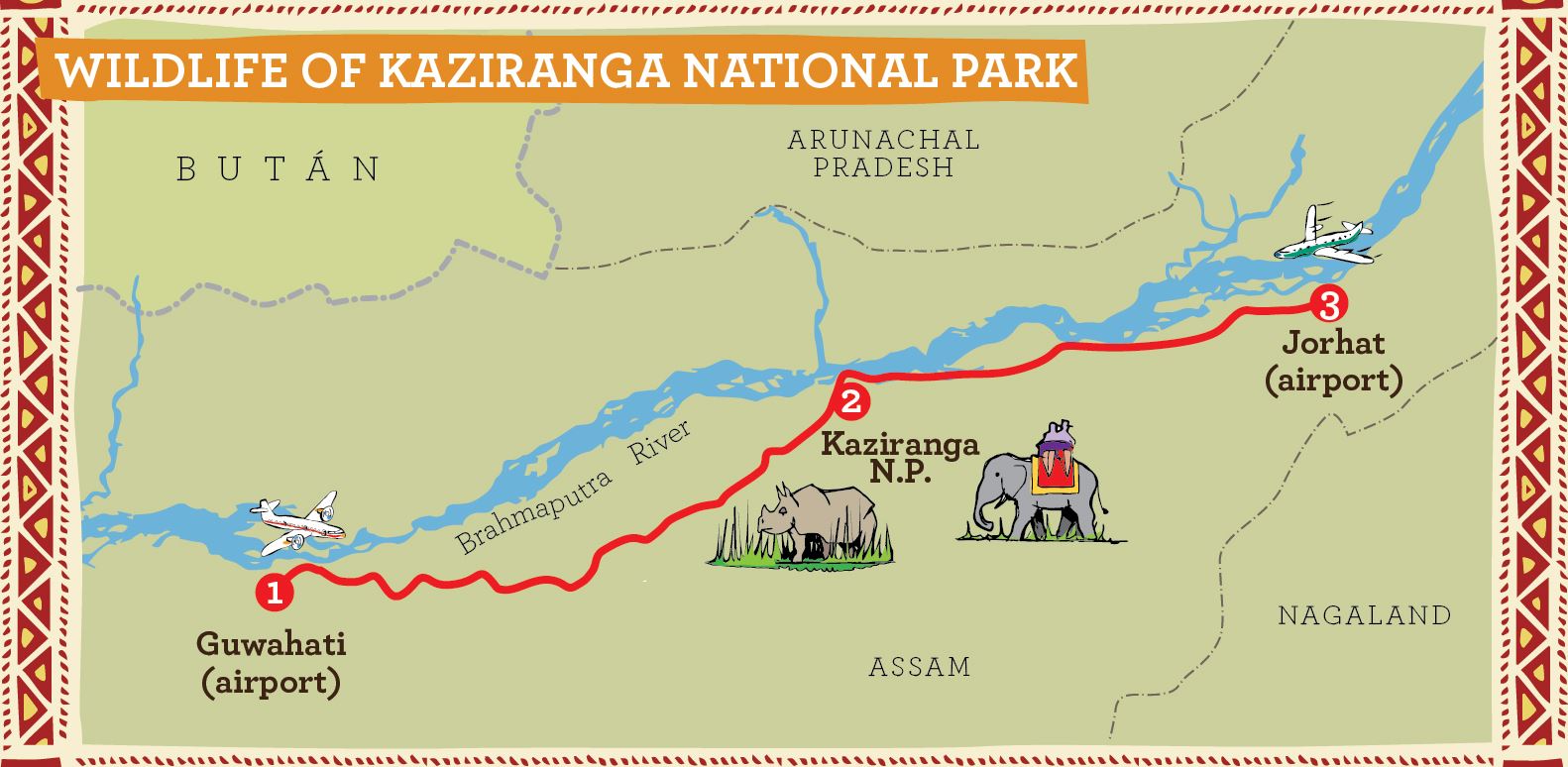
Supporting Conservation at Kaziranga: A Visitor’s Guide to Making a Difference
Kaziranga National Park, located in the northeastern state of Assam, India, is a UNESCO World Heritage Site and home to the iconic one-horned Indian rhinoceros. While the park boasts incredible biodiversity, it faces numerous conservation challenges. As a responsible visitor, there are several ways you can actively contribute to the conservation efforts at Kaziranga.
Choose Sustainable Accommodation:
Opt for eco-friendly and sustainable accommodation options near the park. Many lodges and resorts in the area prioritize environmentally friendly practices, minimizing their impact on the surrounding ecosystem. By supporting such establishments, you contribute to the local economy while promoting sustainable tourism.

Follow Responsible Wildlife Viewing Guidelines:
When embarking on safaris or guided tours within Kaziranga, adhere to designated paths and viewing areas. Keep a respectful distance from wildlife to avoid causing stress or disturbance. Follow the guidelines provided by park authorities and guides to ensure minimal impact on the natural behavior of the animals.
Support Local Communities:
Engage with local communities around Kaziranga by purchasing locally-made handicrafts and products. This not only provides direct economic benefits to local residents but also fosters a sense of community stewardship towards the park and its inhabitants.
Participate in Conservation Programs:
Many organizations and conservation groups operate within and around Kaziranga, working towards the protection of its unique biodiversity. Research and identify reputable organizations that conduct conservation programs or community outreach initiatives. Consider participating in volunteer activities or making donations to support their efforts.
Educate Yourself and Others:
Take the time to educate yourself about the unique flora and fauna of Kaziranga, as well as the conservation challenges it faces. Share this knowledge with fellow visitors, promoting a collective understanding of the importance of preserving this natural treasure. Awareness can be a powerful tool in garnering support for conservation efforts.
Practice Responsible Waste Management:
Dispose of waste responsibly and avoid littering in and around the park. Carry reusable water bottles and containers to minimize single-use plastic consumption. By maintaining cleanliness, you contribute to the overall well-being of the ecosystem and help reduce the human footprint on the environment.
Choose Responsible Tour Operators:
Select tour operators that prioritize responsible and sustainable tourism practices. Research their commitment to environmental conservation, ethical wildlife viewing, and support for local communities. By making informed choices, you encourage responsible business practices within the tourism industry.
Conclusion:
Visiting Kaziranga National Park is an opportunity to witness the wonders of nature and contribute to its preservation. By adopting sustainable and responsible practices, supporting local communities, and actively engaging in conservation efforts, visitors play a crucial role in ensuring that Kaziranga continues to thrive for generations to come. Together, we can make a positive impact and help secure the future of this remarkable wildlife sanctuary.


